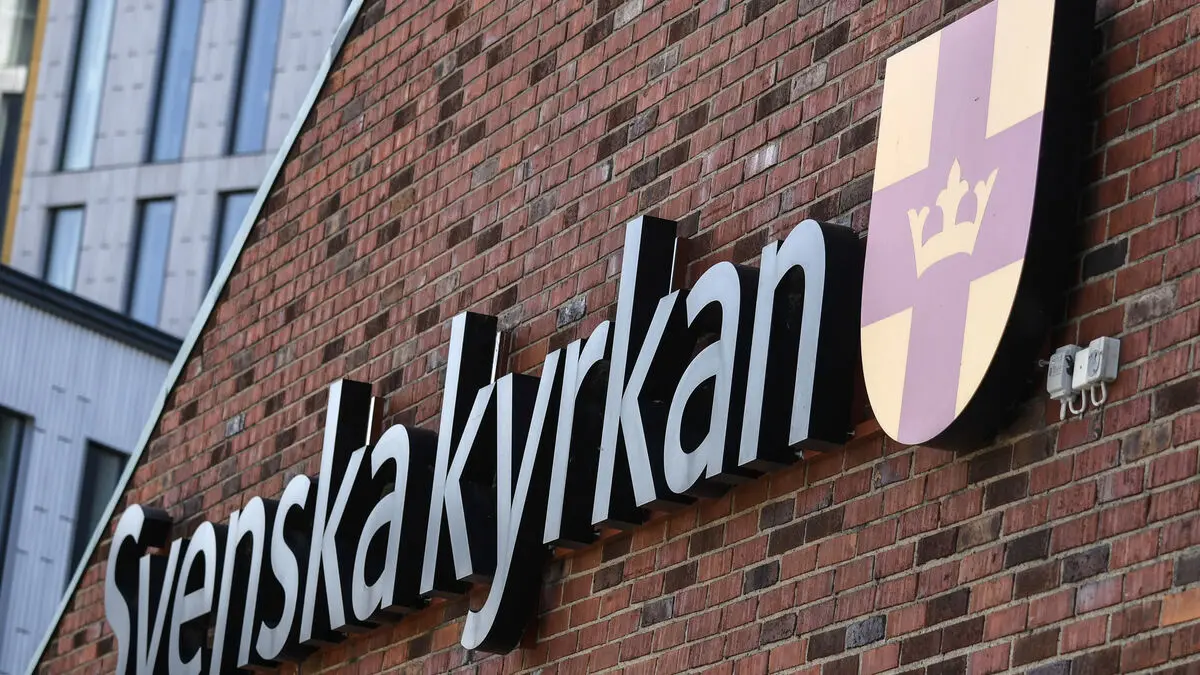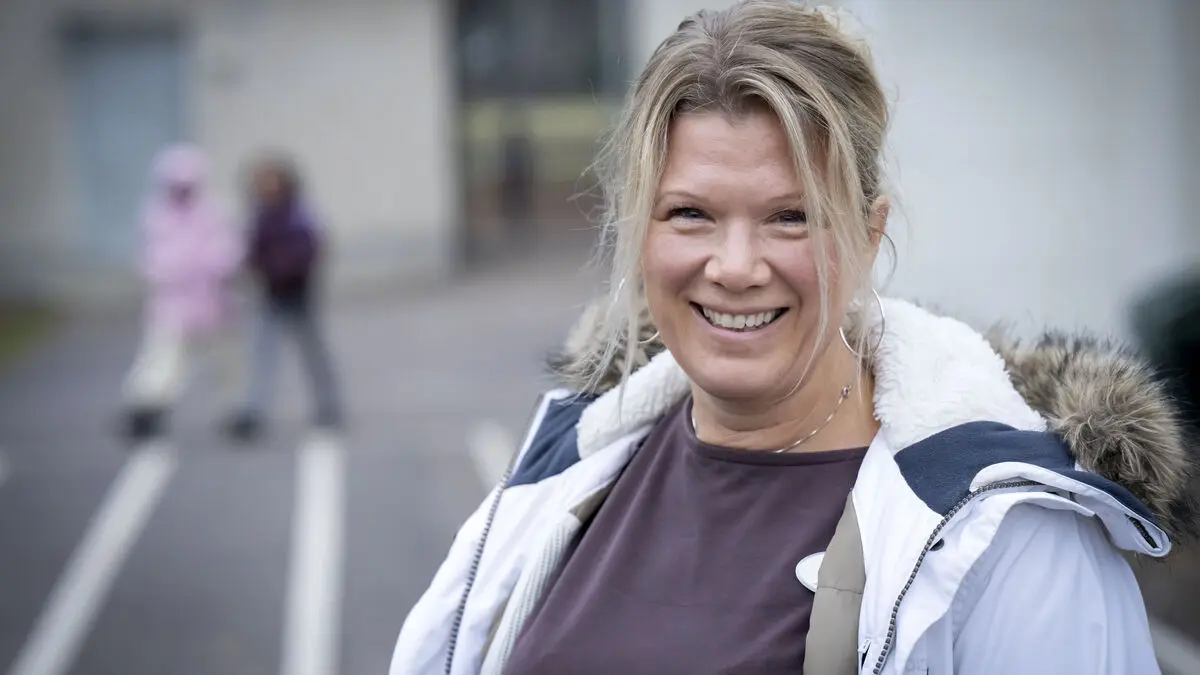When the child allowance was last increased seven years ago, to 1,250 kronor per month, it was enough to cover 36 percent of an average 10-year-old's necessary living expenses (excluding housing).
Since then, inflation has eaten away much of the allowance. This year, it only covers 25 percent, according to calculations from Swedbank.
The 2025 level is the lowest recorded in the 50 years that Swedbank has followed household economics.
It's exceptional, says Falkenhäll.
In 1974, the child allowance covered 32 percent of the cost, while in 2015 it covered 45 percent of the costs.
Other benefits are being phased out
To maintain the same level today as in 2018, the child allowance would need to be increased to approximately 1,800 kronor per month.
The decrease in fixed prices comes at the same time as nearly half of all single parents, according to Swedbank, report that they have had to take from their savings in the past six months to afford necessary expenses.
But in the government's spring budget, there is no special support for vulnerable child families.
This summer, the temporary additional allowance introduced for child families with housing allowances will also disappear.
It was a bit unclear whether they would extend the additional allowance for housing allowances, but there was no mention of it (when the budget was presented), says Falkenhäll.
Having it toughest
Even the maintenance support that single parents can receive from the Social Insurance Agency has decreased by 18 percent in fixed prices since the last increase in 2021, according to the bank's calculations.
Single parents, along with disability pensioners, are the group that often stands out as having it toughest. Here, we have three benefits that they are quite dependent on, which may now cease or stagnate.





